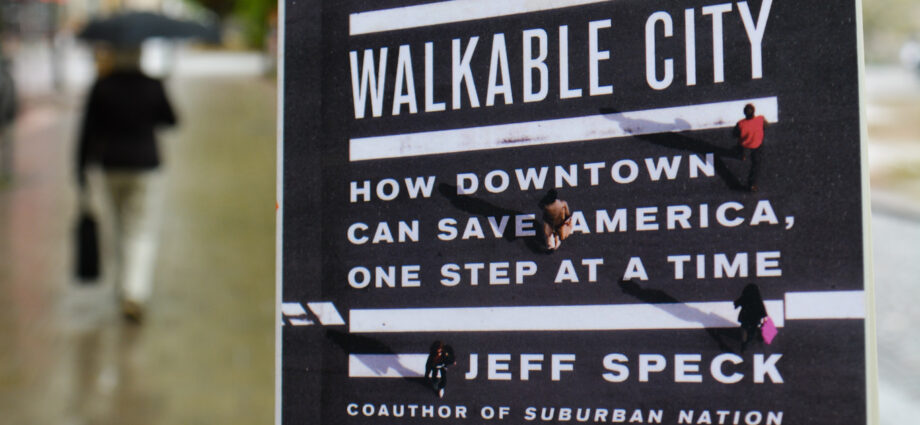We recently finished Walkable City by Jeff Speck, an absolutely essential read and now highly valued reference in our library.
We thank Jeff for taking time for this interview, providing even more insight for advocating for and developing walkable communities as well as the urgency required in doing so.
“We are running out of time. I frankly don’t need any more research on what is walkable or on what makes walkability important. It’s all so damn obvious. What we need now are more quick paths to the hoop—replicable successes that can spur action in communities across the country and the globe.“
Jeff Speck
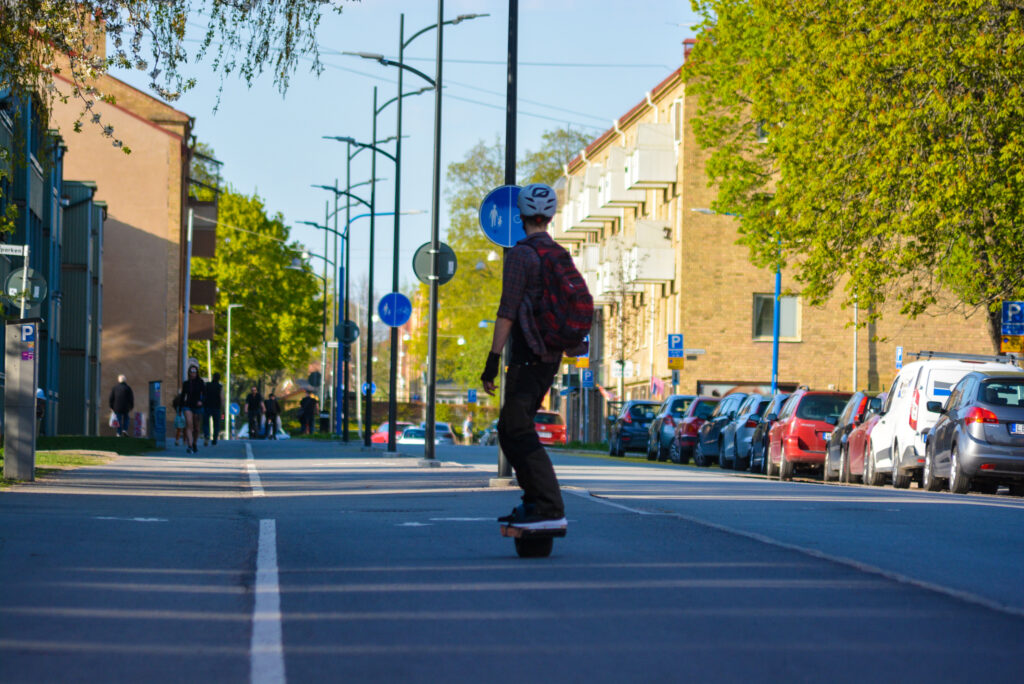
Pedestrian Space: In Walkable City you ask “What kind of city will be sustainable for generations to come?” (p. 16). What are your observations on the current “snapshot” of public discourse on sustainability, sustainable cities and the role of different generational voices?
Jeff Speck: We need to listen to and elevate the voices of teens, because they are the only ones who seem, as a group, to have a grasp on the reality surrounding our future climate. They are not the only humans who will live to see the devastation brought on by +2C warming, but they are the ones who are truly making noise about it, and rejecting ineffective compromises. Most of the rest of us, myself included, are basically asking “how can we use concern about climate change to jump-start our urban agenda.” This isn’t getting us there. We need to follow the teens who are acting out of existential dread. This dread understands that electrification is not enough, that we need to fundamentally transform how we occupy cities if we are going to make a real impact.
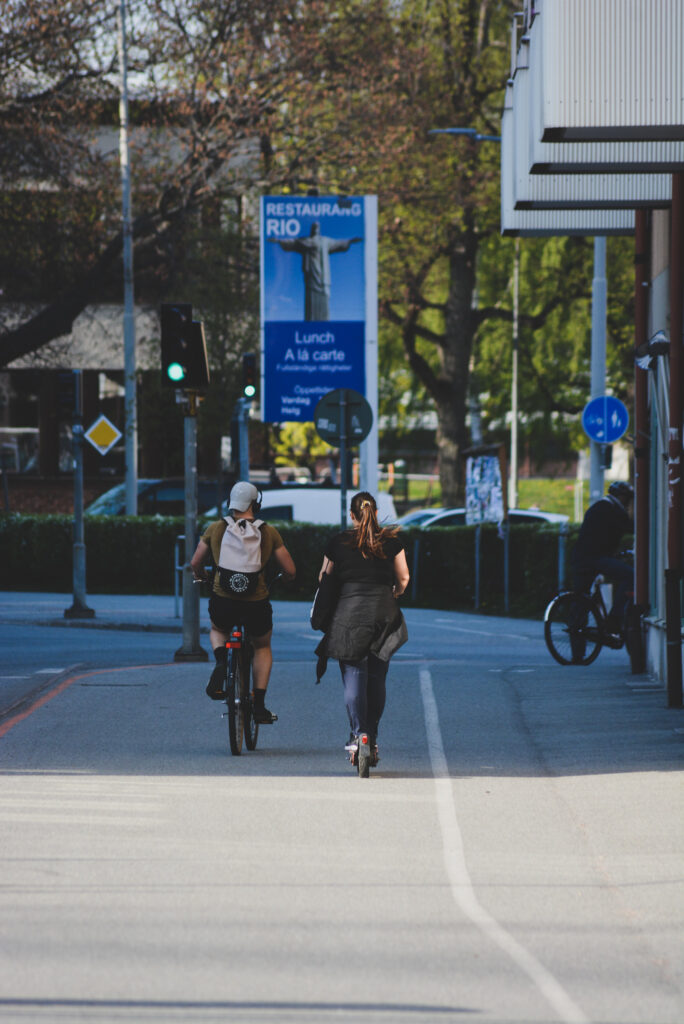
I was born in the 70’s and grew up largely in suburbs of southern California. My favorite shows included The Brady Bunch along with a number of other idyllic suburb-based television series. However, I can look back and observe a shift over the years to more “family in the city” based series as well later in life enjoying shows such as Friends and Sex in the City, among scores of other urban-based shows in which the city served as an engaging location and character in its own right.
You mention all of these when you discuss the role of television series in mass culture (p. 21) and their role in cultivating our view of cities. So I would like to ask what are your observations of the role of the city in popular series today? What have been some of your favorite city-based series more recently?
My comprehension of contemporary television is really just a snapshot of what I have stumbled upon, but I don’t think I’ve seen a scary urban series since The Wire; most urban depictions remain lovable and loving. Most shows I see are still based in an appealing New York. Here are a few that I have enjoyed recently: Broad City, Master of None, Search Party, Russian Doll, Succession. Meanwhile, I can’t think of any show that tries to idealize the car-dependent suburbs. Can you?
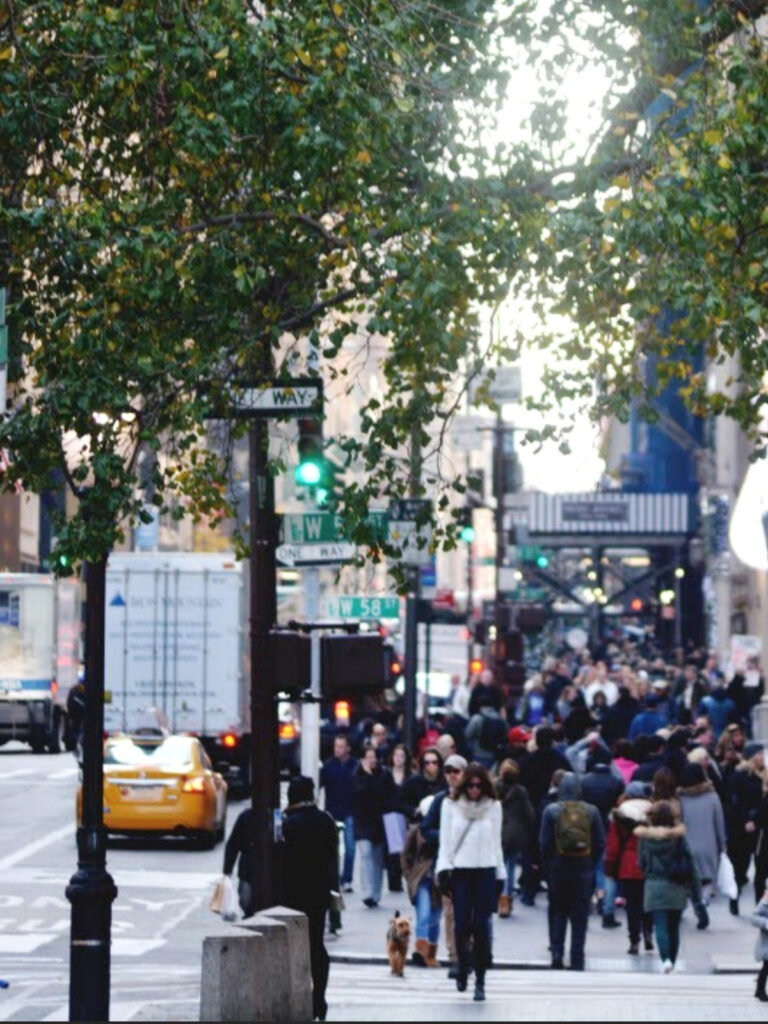
We will have to give it some thought but not much comes to mind and we watch a lot of series! Moving on to another kind of media- I view your book Walkable City as simply essential reading for anyone interested in walkability, urban planning and community development (among other related themes). It is also rich with references to other great titles. I put Green Metropolis on my reading list immediately after reading the section “Manhattan as Mecca” in Walkable City. What other titles come to mind for you as recommendations for readings on shifting to a more sustainable, walkable urbanism?
So, Walkable City benefitted from being able to re-present a handful of more single-subject books in a curated and hopefully synthesizing way. These included Green Metropolis, The Option of Urbanism, Urban Sprawl and Public Health, The High Cost of Free Parking, The Blue Zones, and others. Since the book came out, I have learned a lot from a bunch of books that will inform the long introduction to be attached to the 10th Anniversary edition, coming out in 2022. These include Happy City, Public Transit, Strong Towns, The Color of Law, Evicted, Street Fight, Right of Way, and others I’m forgetting. And then, of course, there are the classics everyone should read: Death and Life, A Pattern Language, Suburban Nation, and books by Jan Gehl and Leon Krier.
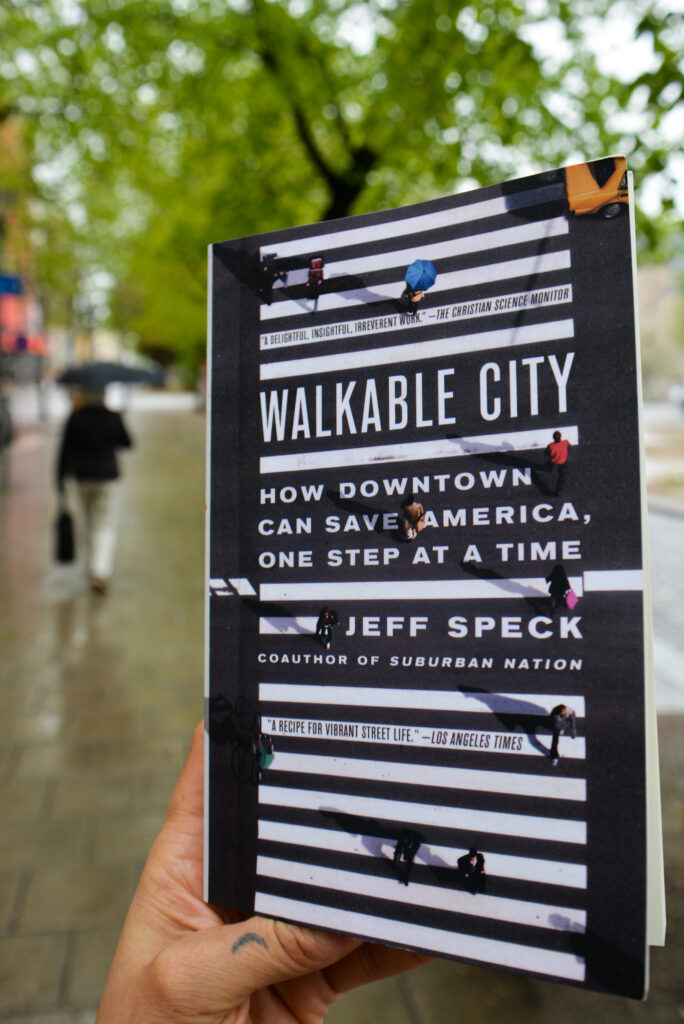
I appreciated your admission in Walkable City that you love cars. I don’t quite share the love for cars but I do have that soul-stirring appreciation for a good road trip. There have no doubt been fantastic thesis papers, dissertations and books written on the role of the car and road trip as a quintessential part of the American psyche. What do you think about our (American) emotional and psychological relationship with cars and the act of driving itself?
Was it Ralph Waldo Emerson who said “everything good is on the highway”? Of course, back then there were no chain stores; now everything bad is on the highway, and almost everything on the highway is bad. But once you get into the individual historic towns, the road trip can be quite a pleasure; that’s when you are met with variety, authenticity, difference-the opposite of the chain strip.
But, to your question, driving (not in traffic) is physically a thrill. It’s athletic for the out-of-shape, potentially thrilling for the cautious, and — in the U. S.— subsidized at every turn. So people will keep loving it. G forces feel good.
Even though most people hate commuting, they love driving, and they also use their cars to establish their personas and status. You are what you drive, and it’s really hard to break through that. It’s impossible to control how the culture shapes our thought processes. What we can do is to ask governments to use the means at their disposal to bring the personal costs of driving closer in line with the societal costs of driving. If we could just stop subsidizing driving and sprawl nine dollars for every dollar spent (see Walkable City Rules (Rule 1) for the infographic), we would have people making much better choices about transport modes.
“We need to follow the teens who are acting out of existential dread. This dread understands that electrification is not enough, that we need to fundamentally transform how we occupy cities if we are going to make a real impact.“
Jeff Speck
In Walkable City you transition quite succinctly from describing your love of cars to sharing the memory of the ‘simple mode shift’ that occurred when you moved to Washington (p. 68). For me this mode shift happened when I moved to Seattle, laying the foundation of my interest in walkability by direct experience. For many people, especially in car-centric communities, this simple mode shift will not come easily, if at all. This is where advocacy can be particularly beneficial- to help people remember that it is possible to enjoy living in a way in which you don’t drive places to then walk around but rather can greatly enjoy living in a way where you depend on your car little if at all. Any thoughts on the current state of advocacy and things to keep an eye on?
What we are seeing now is that advocacy is less needed than urban affordability. More people want to live in walkable places than there is room for them, and meanwhile, cities (and NIMBYs) still present tremendous barriers to the construction of the walkable housing that is in short supply. We can start worrying less about what people want and focus instead on satisfying demand.
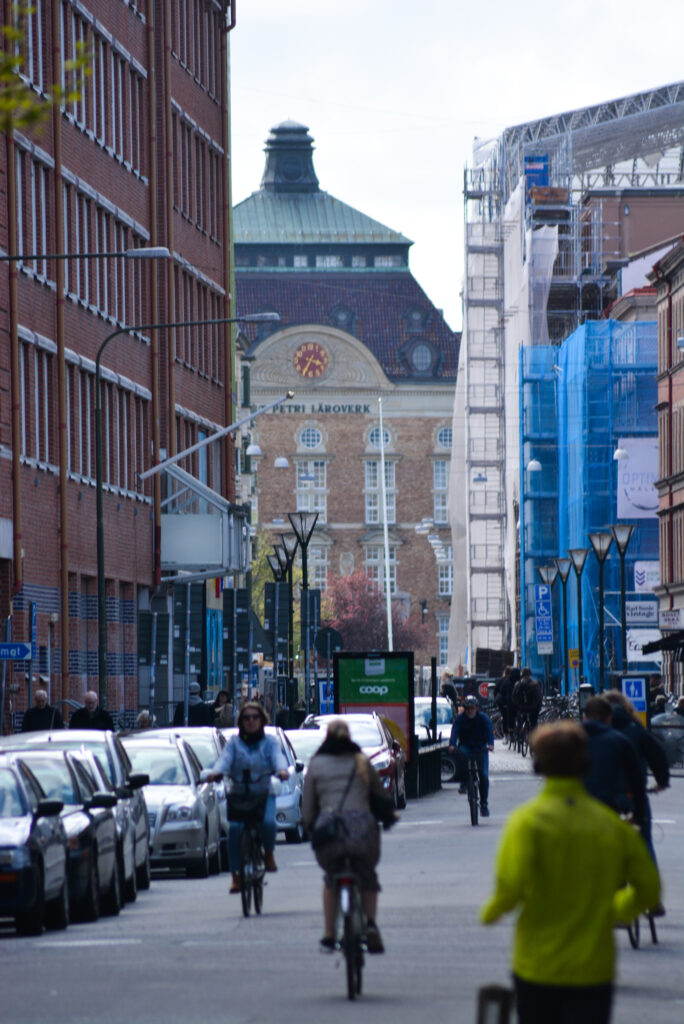
“…walkability is perhaps most useful as it contributes to urban vitality and most meaningful as an indicator of that vitality. (…) Get walkability right and so much of the rest will follow.”
JEFF SPECK, WALKABLE CITY (P. 4)
We appreciated the following point in Walkable City (p. 222) – “What developed country has the highest share of urban trips going to walking instead of driving? Sweden. How many months out of the year do sidewalk cafés stay open in Copenhagen? Twelve.”This really points to a culture of walkability in which regardless of climate (and 4 distinct seasons), public space is regarded with high value for everyday use. This culture is facilitated with municipal planning and city design that also often allows the choice of walking, cycling and public transit to be an easy one. Any recent observations on this ‘culture of walkability’ in other cities?
We learned from the proliferation of dining parklets during COVID that Americans will eat outside in colder weather. Many of these are being preserved as COVID numbers dropped. A poll of Boston residents shows that 83% prefer having more parklets permanently even if it means less space for cars. There is similar support for more bike lanes. The problem, again, isn’t what the public want, but that governments lack the temerity to give it to them in the face of vocal minority opposition from the UPPIES. (Urban Party Poopers. . . I just made that term up!)
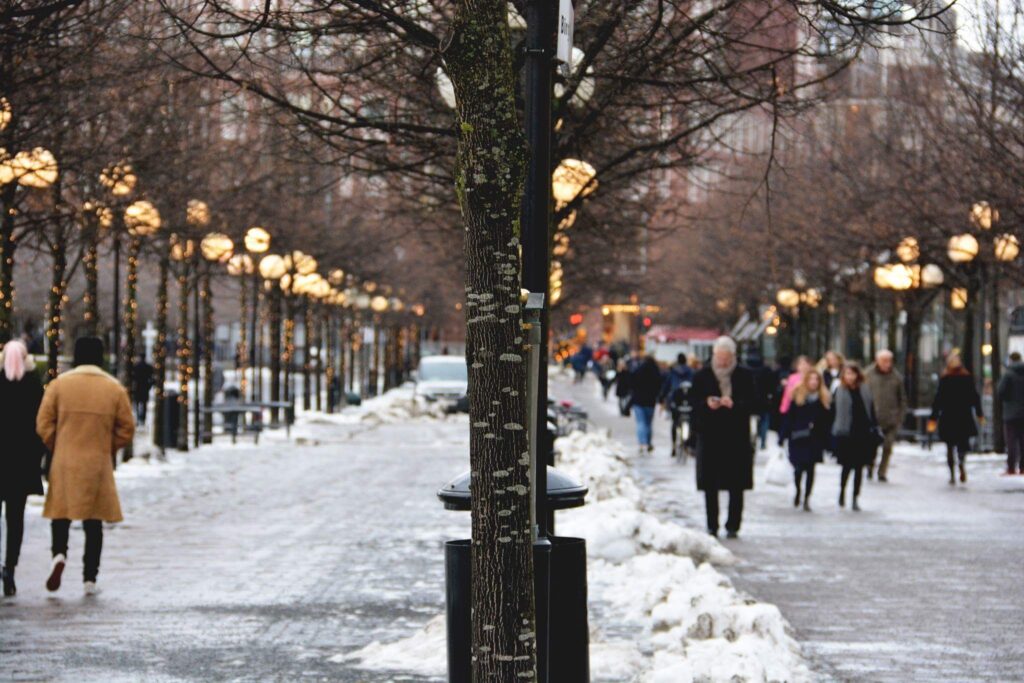
In Walkable City, you write (p. 243), “Most architectural schools still promote an intellectual and artistic sensibility that has little patience for such mundane questions as whether a building will sustain pedestrian activity.” Do you think there is a change happening in this regard?
I have little direct recent experience (I haven’t taught architecture students lately, except for those in urban design and planning classes), but my sense is that the fundamental approach of most architecture schools has not changed, and the goal is still to invent a new architecture every Monday morning, and that innovation is rewarded at the expense of practical place-making considerations.
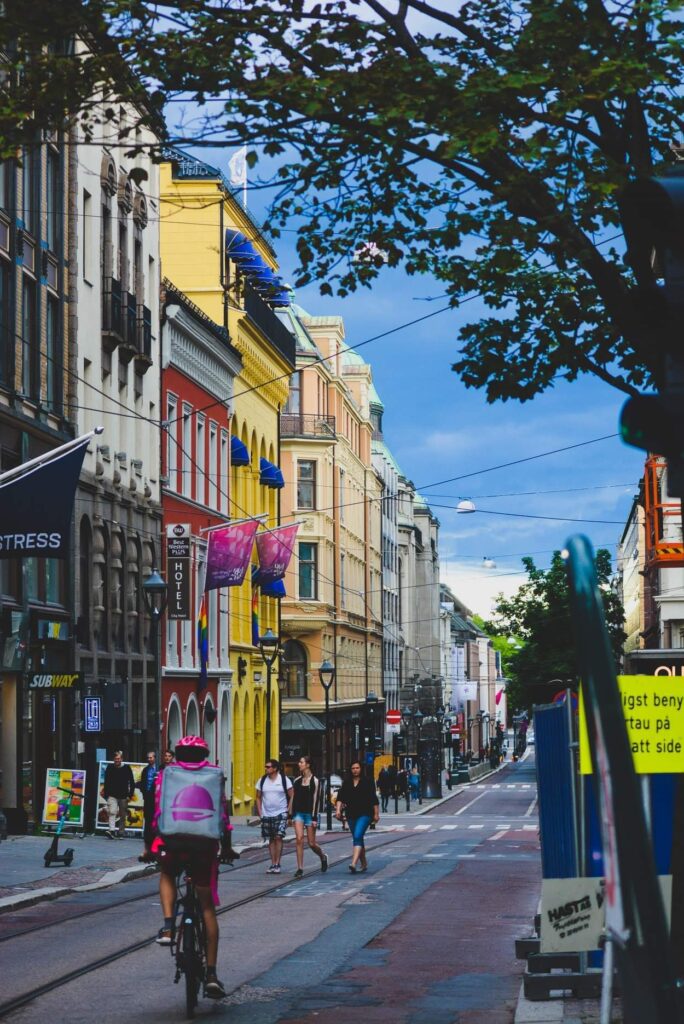
“We have to get more people to live in walkable areas or we will never meet our climate goals.”
-Jeff Speck
Speaking of the practicality of issues such as pedestrian activity, the COVID-19 pandemic has really launched this topic of pedestrian movement and use, from a mundane and rather niche (though broadly important) topic. What are some of your insights into the rather dramatic shift we are seeing happen due to this radically revitalized focus on public space and how it can bode for the development of more walkable cities?
It is sad to see some cities going back to their old road configurations, despite the public clamor to keep the changes in place, as smart cities are doing.
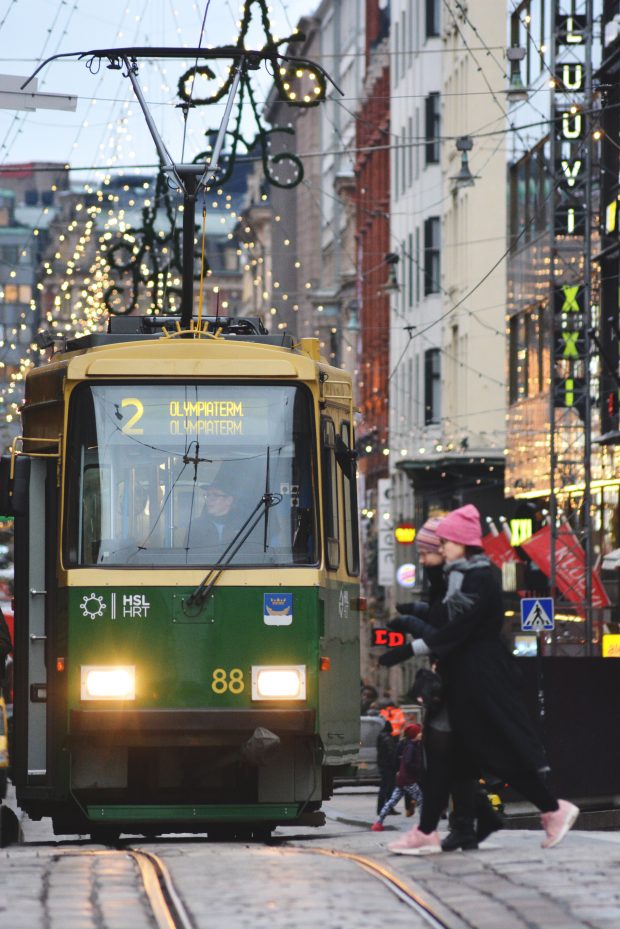
You note (p. 155) that “Riders should be able to fall into the bus from a stool at a coffee shop.” Just a few paragraphs prior you ask “…how do you create a transit-and-walking-culture in a place where driving is so easy?” I even have written in the margins here “Bingo”. This really gets to the heart of the challenge of not just infrastructure changes but changing behavior and mobility choices. What cities are you keeping an eye on right now for interesting changes in inhabitants’ choice as well as municipal efforts to support shifts to more public transport use, walking and cycling?
Some exciting things are happening in the US around the elimination of on-site parking requirements for new construction, such as in Minneapolis. The legalization and proliferation of ADUs (granny flats) in LA and elsewhere is also important. But in terms of radically changing people’s behavior, the place everyone is looking right now is Paris, where big changes led by Mayor Ann Hidalgo have led to a dramatic increase in the cycling population. In a recent poll (if I remember right) 61% of cyclists encountered in the Paris streets said they were new to bike commuting, and had taken it up due to the fact that new city facilities made it safer. I was in Paris last week and saw it for myself, and also got to talk with Mayor Hidalgo, who I was glad to hear was familiar with my books. I let her know that she was the well-deserved star of Urban Twitter right now.
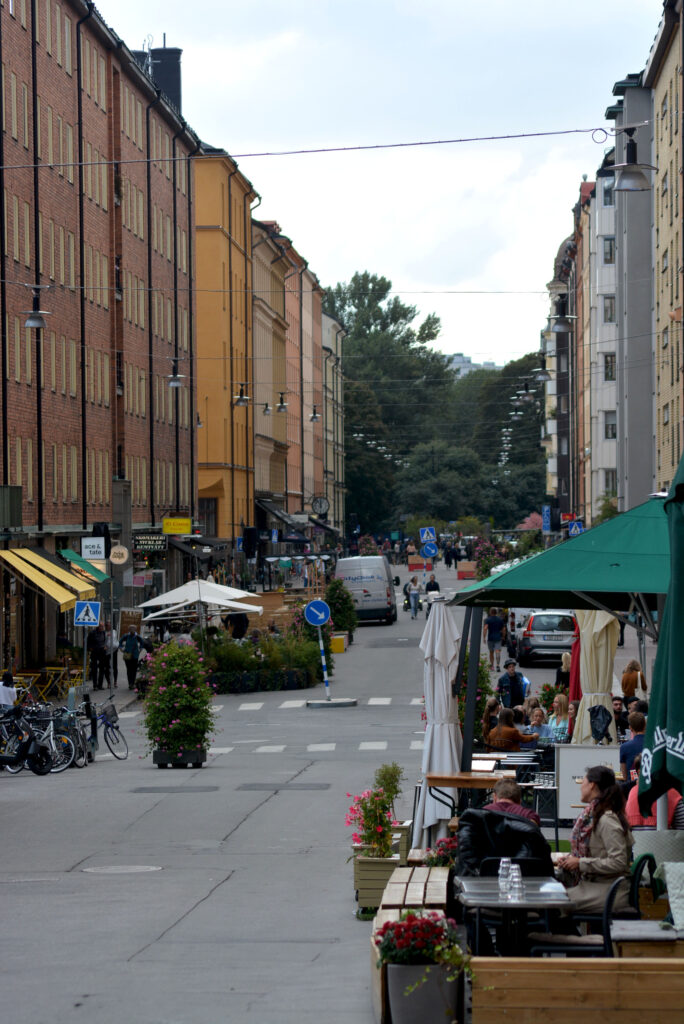
Numerous times in Walkable City you address the ‘economic advantage’ of walkable places, noting that “the choice to live a walkable life generates considerable savings for these households” (p. 18), that creative class citizens and especially millennials vastly prefer walkable communities (p. 16) and also that increasingly “empty nesters want walkability” (p. 21) as well. Still, with all the data available, businesses (even in already rather pedestrian-friendly cities in Europe) are often the most vocal in resisting changes that will reduce car traffic in their area of business, fearing a downturn of clientele. However, almost inevitably, once they experience the benefits that a more pedestrian-friendly area can have on their own business, they are on board. Do you have any interesting anecdotes to share about this “local business resistance” to pedestrianization?
Plenty, but few are insightful. I remember one business in Norwalk, Connecticut, distributing a flier that said “Donald Shoup’s theories about parking are true—just not here in Norwalk!”
Inevitably, businesses in walkable areas underestimate the percentage of their clientele who come on foot, and can’t imagine the benefits that come from creating a more welcoming physical environment around their stores. It’s like the ordinances that arose a decade ago against smoking in restaurants and bars. All my local bars, including the one where my girlfriend (now wife) was a server, fought that tooth and nail. Then, it passed and they found out half their customers had been staying home to avoid the smoke.
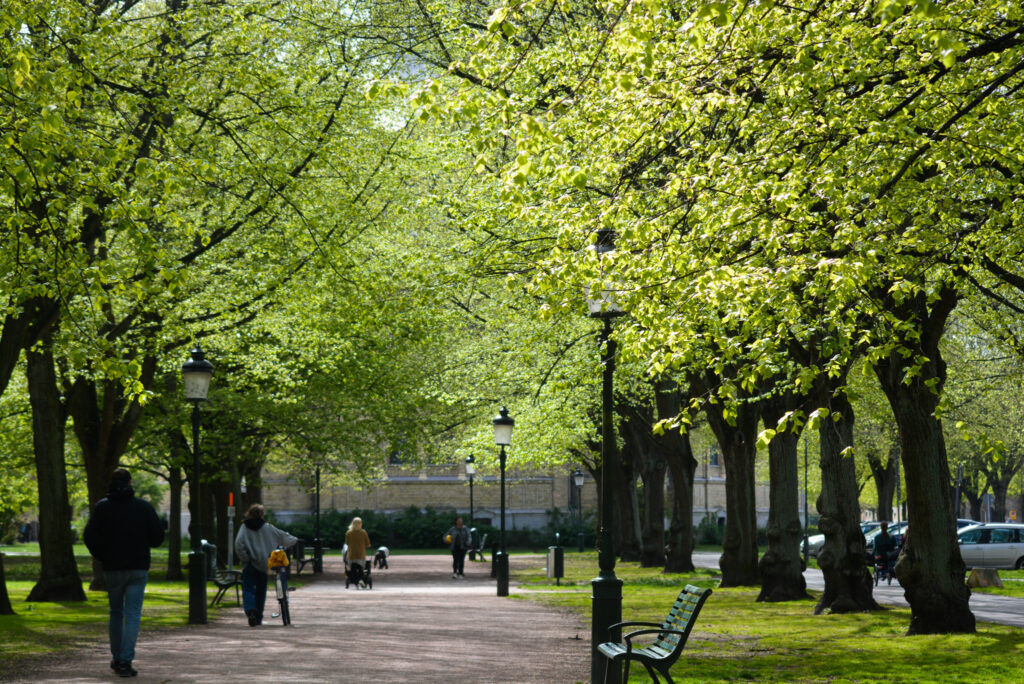
“As many observers have commented, a street with consistent, mature trees is like a cathedral with the trunks serving as columns and the branches forming the vaults.”
Jeff Speck, Walkable City (p. 233)
In Chapter ‘Step 8: Plant Trees’ of Walkable City, you refer to the concept of the urban heat island – “a downside of city living that can largely be eliminated by proper tree cover” (p. 226). This is increasingly an issue of very serious concern considering the health risks as well as fatalities that can occur in urban heat waves. Do you have any thoughts to share here on actions municipalities should be taking to prevent worsening of urban heat island effect in coming decades.
Every day I learn more surprising things about trees. They are truly the best technology we have for improving cities and the planet. Trees and bikes, I suppose.
The City of Cedar Rapids lost roughly 670,000 of its trees last summer in a devastating straight-line windstorm (“derecho”); I’ve been hired to put together the “ReLeaf” plan, and am learning a lot of new information from the great thinkers on trees of the last decades. One thing I did not understand fully was the much greater value to the food web of native trees. Simply put, non-native trees do not feed native animals. If we want to stem the earth’s sixth mass extinction event, currently underway (and the first one to be caused by man), we have to not only plant more native trees, but to stop planting imported species.
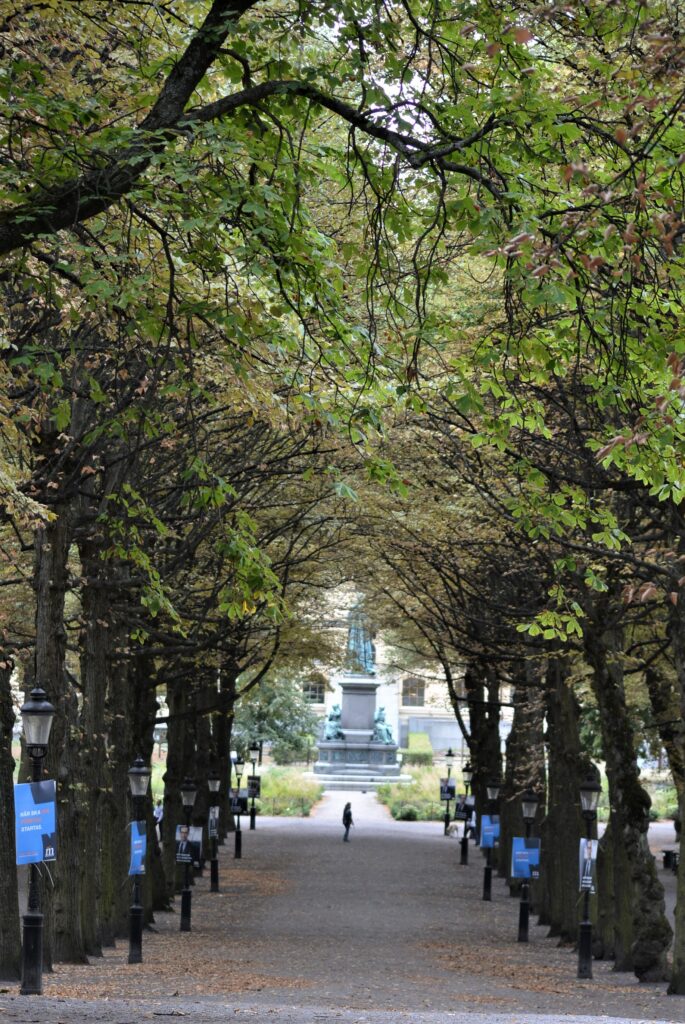
What thoughts (or advice) do you have for those advocating for more walkable urbanism as a critical component to the development of ‘sustainable cities?
Just to remember that the transport sector is the biggest contributor to climate change, that electrical cars still pollute, and that we can’t look to green electrification alone as the path to a sustainable future. We have to get more people to live in walkable areas or we will never meet our climate goals.
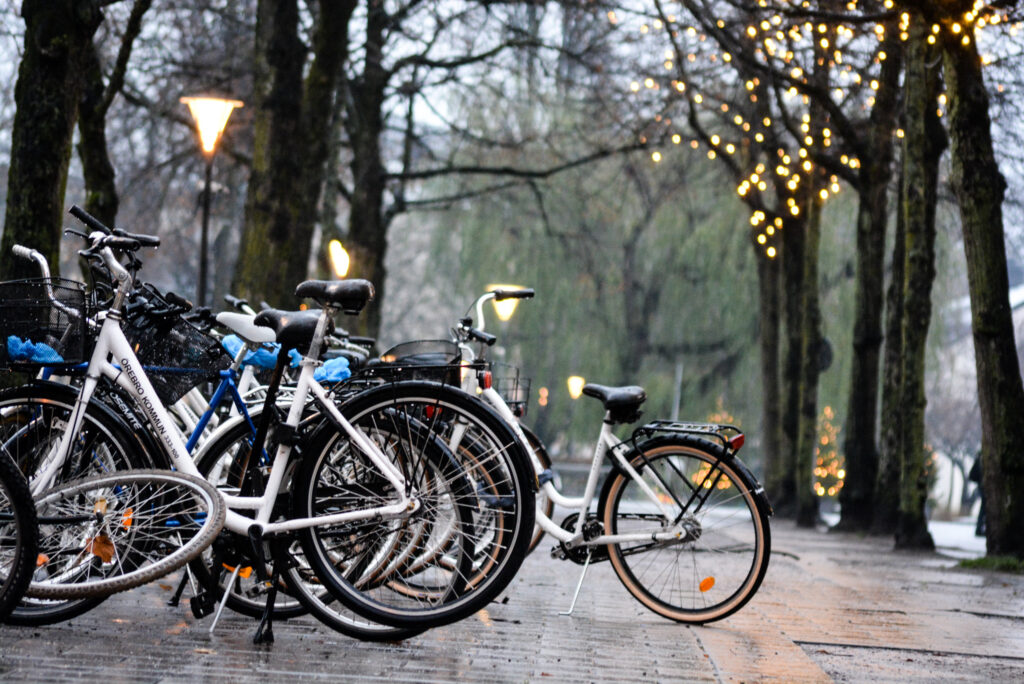
I assume a number of university courses have your book as part of your curriculum. Could you share a bit about this?
About once a month I Zoom into a university class somewhere that is using my books in the curriculum and the students want to talk about it. They are mostly planning programs. But I was very excited to lecture a while back at two campuses (Cleveland State and Mass. College of Liberal Arts) that actually made Walkable City an all-campus read and were using it to teach writing. My favorite audiences are generalists, not planners.
“What kind of city will be sustainable for generations to come?”
JEFF SPECK, WALKABLE CITY (P. 16)
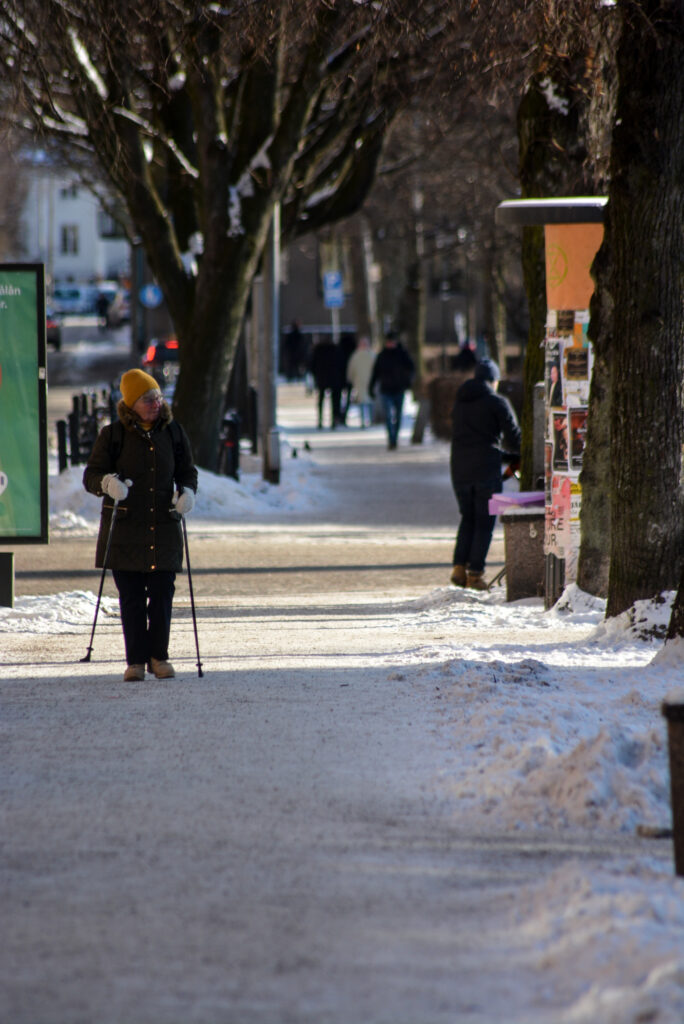
What do you think are some of the most interesting and critical themes for walkability research in the coming years?
I think the central issues are around implementation, and how to make change quickly. We are running out of time. I frankly don’t need any more research on what is walkable or on what makes walkability important. It’s all so damn obvious. What we need now are more quick paths to the hoop—replicable successes that can spur action in communities across the country and the globe.
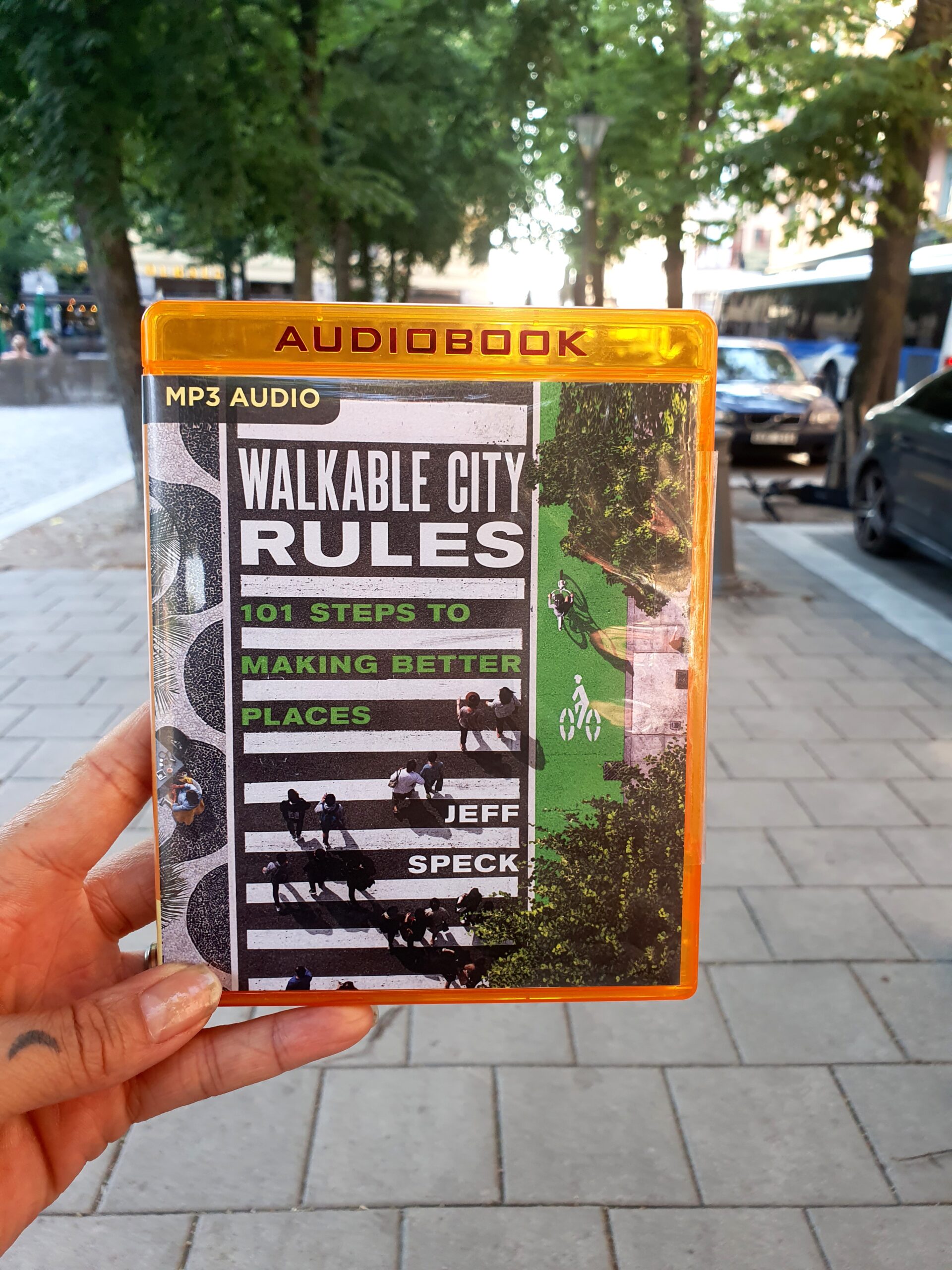
Visit Jeff Speck online at https://www.jeffspeck.com/

